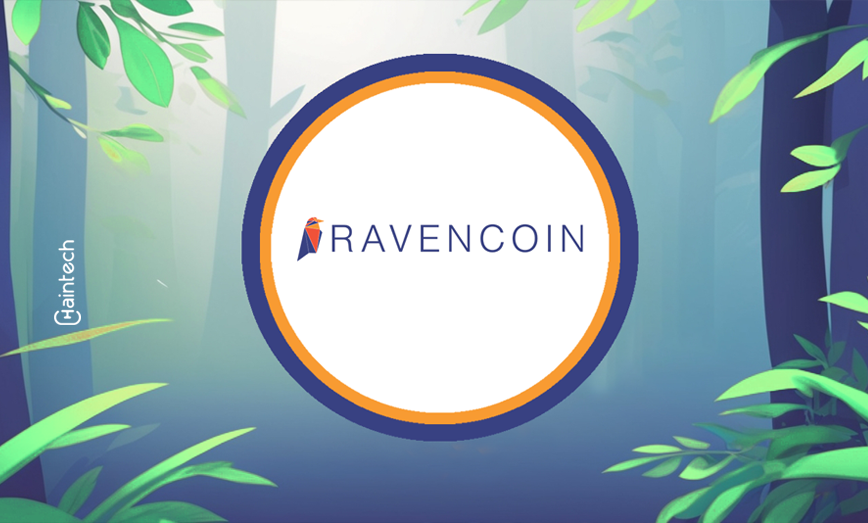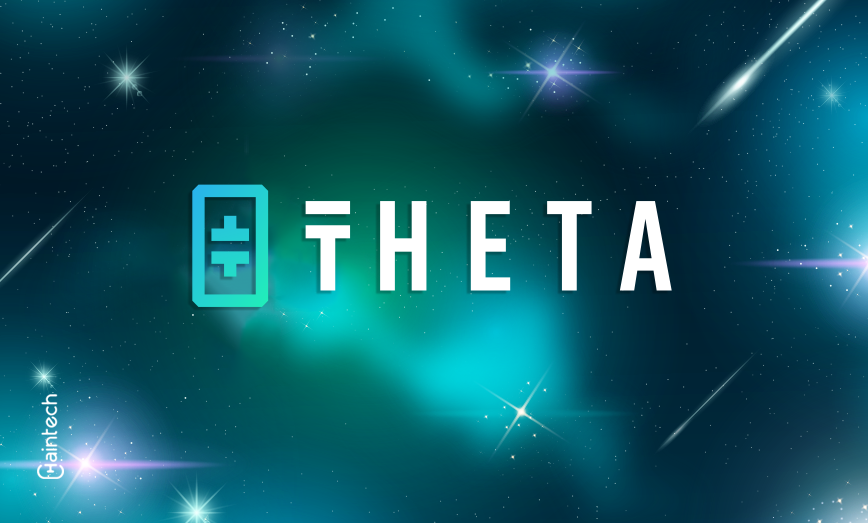Polkadot – A beginner’s guide

Introduction : What is Polkadot?
Blockchain has revolutionised the dApps infrastructure, while dApps, in return, contribute to enhancing the blockchain ecosystem.” Polkadot (DOT), one of the most inventive dApp promotion initiatives, has enhanced blockchain scalability, interoperability, and security of blockchain system. It connects blockchains by sharing data and resources.
Polkadot aims to improve Ethereum. Polkadot was founded in May 2020 by ETH co-founder Gavin Wood. Wood has also co-founded Parity Technologies, which is currently run by the W3F.
Polkadot underpins other crypto projects, unlike Ethereum. Ethereum, SOL, and ADA are Layer 1 blockchains; it’s Layer 0.
Wood claimed in the Polkadot whitepaper that crypto needs a new blockchain network architecture. Wood proposed a proof-of-stake blockchain to scale Ethereum.
Unlike BTC and LTC, proof-of-stake validation was proposed. Miners are rewarded for completing cryptographic problems to add the next proof-of-work block. Validators select the next block with proof of stake using tokens as collateral.
The DOT Token
The DOT token, one of the top 50 most valued cryptocurrencies in the world right now, powers Polkadot. On the majority of centralised cryptocurrency exchanges, DOT is traded on both spot and margin trades.
In addition to being a speculative tool for investors, DOT is essential to the Polkadot network’s interconnected cosmos in a number of other ways.
History of Polkadot
Polkadot is unique. Polka dots represent distributed infrastructure without central control.
Polkadot founder Gavin Wood advanced Ethereum. Ethereum CTO and core developer Wood created Solidity, a smart contract language, and later left Ethereum for Polkadot in 2016. Polkadot issued a sharded blockchain white paper in October.
Prior to Polkadot, Wood co-founded the EthCore Blockchain Technology Company, now Parity Technologies. The Parity Ethereum client, Substrate programming framework, and Polkadot network were developed by this startup.
The year 2017 saw Wood co-found the Web3 Foundation. This non-profit funds Polkadot’s research and fundraising. Polkadot’s October 2017 Web3 Foundation ICO raised $145 million in under two weeks, making it one of the largest.
The Web3 Foundation funded its development with private sales after the ICO. These activities transformed Polkadot from a visionary idea to a leading blockchain platform.
In May 2020, the Polkadot genesis block launched blockchain interoperability and scalability. Since then, it has formed collaborations and expanded its ecosystem.
How does Polkadot work?
Polkadot is a complex blockchain platform that improves multi-blockchain transactions and data. The way it works is simple:
Polkadot uses public and private key encryption to transfer funds across digital wallets. The public key hash is the address you share to collect funds, while the private key authorises transactions like a password. The Polkadot blockchain receives a new block of confirmed transactions every six seconds.
Polkadot goes beyond money transfers. A central relay chain coordinates transactions on numerous parallel chains, termed parachains, in this sharded multi-chain network. Sharded design boosts transaction throughput by processing them simultaneously on separate shards rather than sequentially on one chain, as in prior blockchains.
This arrangement connects numerous parachains to Polkadot, improving scalability, interoperability, and cross-chain capability. It helps decrease congestion, costs, and incompatibility. DOT token holders administer Polkadot’s governance structure, allowing network updates without hard splits.
Polkadot uses NPoS consensus. Users stake DOT tokens to lock them up. Validators, collators, fishermen nodes, and nominators maintain the network. Validators create blocks, collators maintain Parachain nodes, and fishermen detect malicious activities.
Polkadot’s user-based governance emphasises decentralisation. The new governance model allows token holders to submit and vote on suggestions as a “referendum,” assuring more democratic and decentralised decision-making.
Polkadot connects blockchain protocols with high throughput, security, and decentralised systems to run and communicate effortlessly.
Pros and Cons of Polkadot
Pros
Interoperability:
Polkadot is special because it simplifies data sharing and communication between blockchains. This allows many blockchain networks to collaborate, enabling more integrated and flexible applications.
Scalability:
Polkadot excels at simultaneous transactions across chains. Parallel processing improves network efficiency and capacity, preventing bottlenecks that hinder other blockchain networks.
Security:
Polkadot uses a shared security architecture to secure all parachains. The collaborative approach of theirs makes harmful assaults tougher because one chain’s security supports the entire network.
Customisation:
Developers like Polkadot’s adaptability. It lets users develop unique blockchains for specific needs, enabling innovation and performance optimisation.
Cons
Complexity:
Polkadot’s multiple layers and Relay Chain and Parachains can be complicated. New users and developers may struggle to understand and use the platform due to its complexity.
New Technology:
Polkadot is a new technology whose stability is still being tested. Its youth means it may have challenges as the technology grows, unlike older blockchain systems.
Competitive Landscape:
Polkadot faces fierce competition. Blockchain platforms like Ethereum and Cardano, which are also improving, compete with it.
Conclusion
Polkadot’s evolution should be exciting given its benefits for entrepreneurs, developers, consumers, and investors.
DOT’s use as the protocol’s governance token and for staking to protect the network or bond new chains shows that the project rewards users. With an average annual income of 14%, staking DOT is one of the most significant crypto incentives.
Polkadot is one of the blockchain industry’s most innovative technologies and business models. Polkadot has grown significantly as an ecosystem, with many high-quality projects built on it. The following few months will be essential for determining the network’s capacity.









